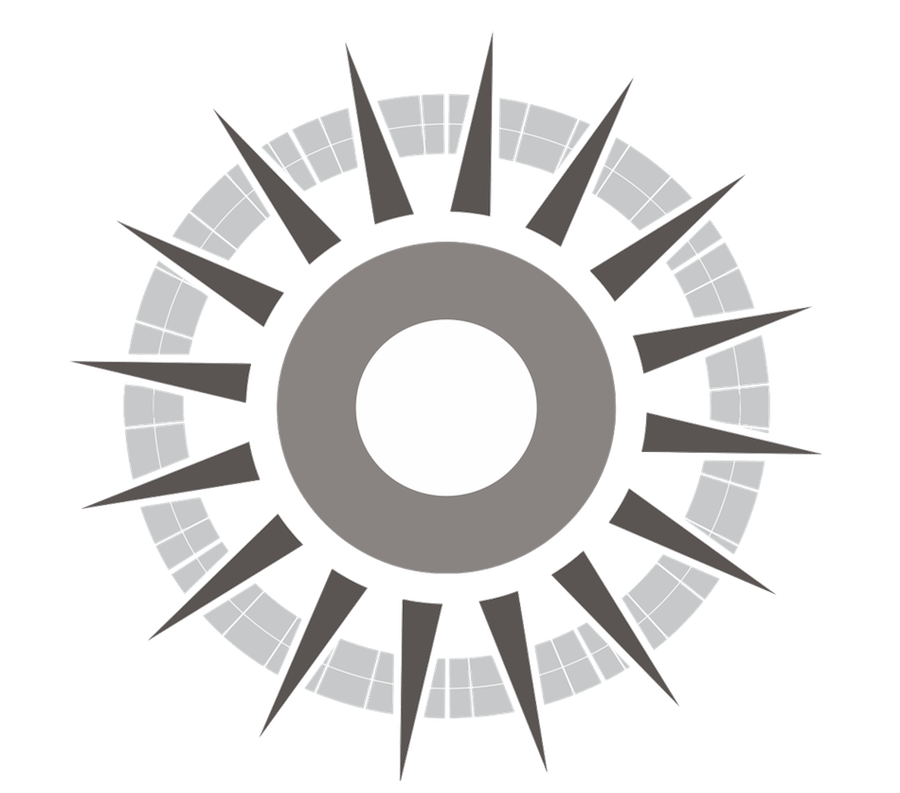A new technique developed by Dr. Ted Sargent and his research group builds off recent advances in nanotechnology that could lead to a possible 11 per cent improvement in solar cell efficiency.
Sargent, a U of T electrical engineering professor, and members of his research group, published a paper in Nano Letters entitled “Jointly Tuned Plasmonic-Excitonic Photovoltaics Using Nanoshells.” His work explains how colloidal quantum dots, when suitably modified, could lead to more efficient and inexpensive solar cells.
A colloidal quantum dot is a particle made from a semiconducting material that has been reduced to a very small size by dissolving certain compounds in an appropriate solution. While most solar cell technology to date has been based on bulk materials like silicon, colloidal quantum dots offer unique advantages.
“There are two advantages to colloidal quantum dots. First, they’re much cheaper, so they reduce the cost of electricity generation,” Susanna Thon explained in a statement. Thon, a co-author of the paper, is a post-doctoral fellow in Sargent’s research group.
“But the main advantage is that by simply changing the size of the quantum dot, you can change its light-absorption spectrum.”
The heart of Sargent’s paper lies in the goal of increasing the light-absorption spectrum of photovoltaic cells. A photovoltaic cell converts the sun’s energy into electricity by converting solar radiation into direct current. But most photovoltaic cells focus on absorbing only a portion of the sun’s power, typically within the visible-wavelength spectrum with which we are most familiar.
“Half of the sun’s power reaching the Earth lies in the infrared,” the paper explains early on. “It is in better harvesting photons in this spectral regime, that colloidal quantum dot (CQD) photovoltaics offer an attractive advantage over many organic and inorganic solar technologies.”
While CQD photovoltaics offer a chance to absorb more of the solar radiation spectrum, they are not without problems, offering only a limited absorption of infrared light.
The solution to this problem is as clever as its name is ponderous: spectrally-tuned, solution-processed plasmonic nanoparticles. By combining quantum dots with plasmonic nanoparticles, Sargent and his team were able to fine-tune and increase the conversion efficiency of the photovoltaic cells.
“Changing the size [of quantum dots] is very easy, and this size-tunability is a property shared by plasmonic materials,” Thon explains. “By changing the size of the plasmonic particles, we were able to overlap the absorption and scattering spectra of these two key classes of nanomaterials.”
This overlapping technique has shown “a resultant 35 per cent enhancement in photocurrent” in the near-infrared spectrum, the paper states, which could translate to an 11 per cent improvement in the solar power conversation rate.
While the paper is a proof of principle, more work needs to be done before the improvements can be made available. Further research by Sargent’s group will look into both decreasing costs and increasing photon absorption.
“We want to achieve more optimization, and we’re also interested in looking at cheaper metals to build a better cell,” Thon said. “We’d also like to better target where photons are absorbed in the cell — this is important in photovoltaics because you want to absorb as many photons as you can, as close to the charge-ollecting electrode as you possibly can.”
This achievement comes only months after the research group’s last breakthrough, also under the supervision of Sargent, in which they partnered with Saudi Arabia’s King Abdullah University of Science and Technology to develop the most efficient CQD solar cell ever.
Sargent’s research progress has been honoured by a host of associations. He has been named one of the top 100 young innovators by the MIT Technology Review, as well as one of Canada’s ‘Top 40 under 40’. In December, he was awarded the 2012 Steacie Prize for his research contributions to Canada.


